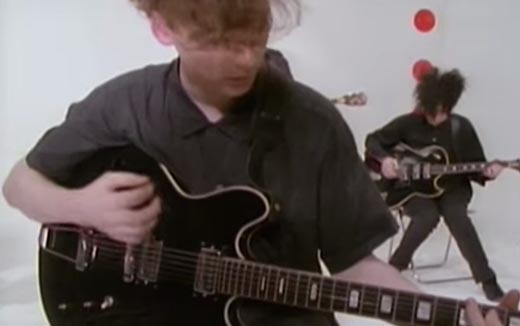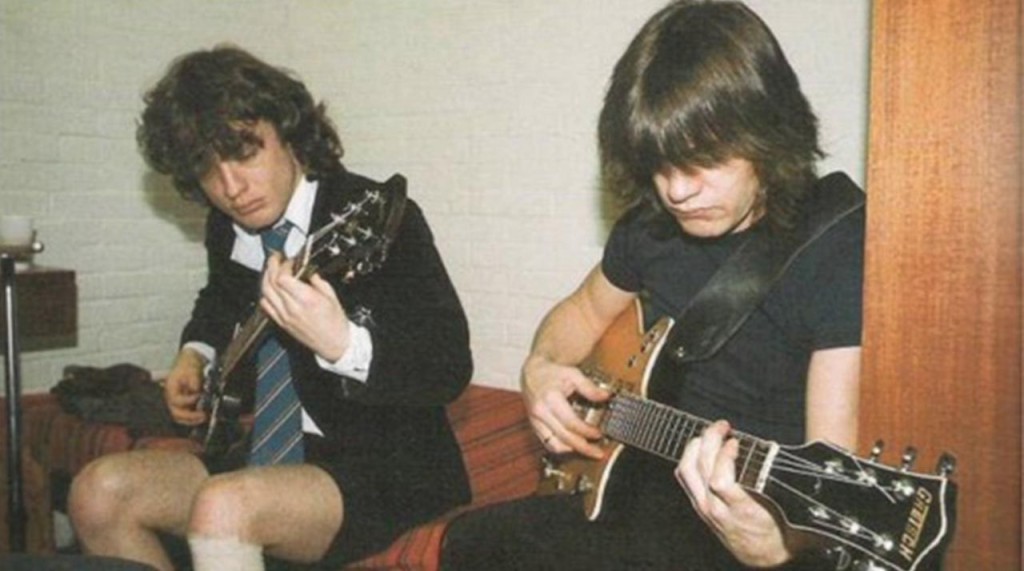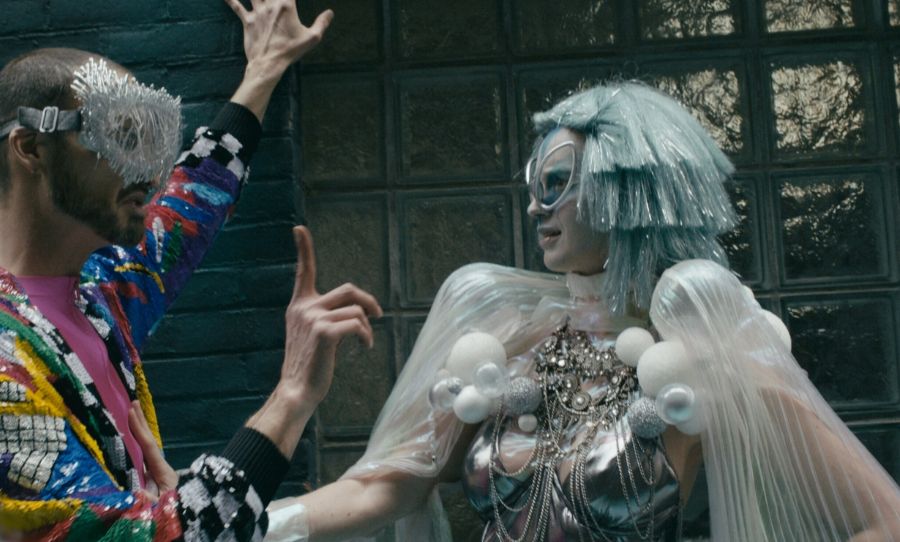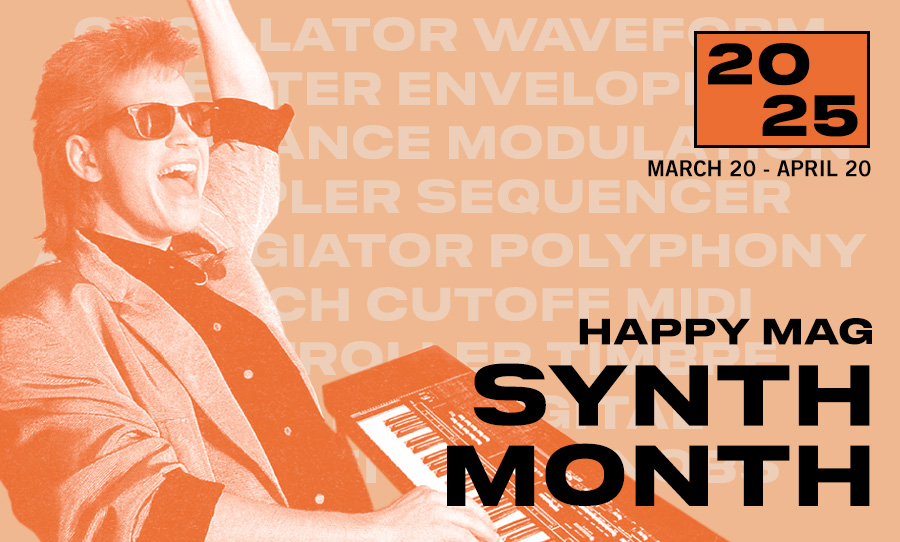Throughout the history of guitar music, there have been a few shining examples of siblings that have this remarkable chemistry.
Although it seems pretty normal that brothers and sisters might end up in a band together, there’s actually a whole lot more to why siblings gel so inexplicably well in musical situations; and it’s actually very scientific.
Although science doesn’t often cross over in to the realm of music, it seems obvious that there are many scientific connotations between musicians, their skills sets and their ability to function together.
Thankfully, this has intrigued scientists and researchers too, and over the past few years there have been a bunch of studies into the cognitive functions of the brain of guitarists. What they have found is pretty damn cool.
The minds of musicians are interesting things. Take a look into the science behind a guitarist’s brain and how this has influenced siblings in pop music.
Ever heard of a band, or musicians, having chemistry?
Well it turns out the analogy has more weight than we might have previously thought. Back in 2012, a group of researchers in Berlin paired 12 separate partners of guitarists together while they were attached to brain scanners.
What they found was that the guitarist’s neural networks would synchronise while they were playing. Fuelled by rhythms, muscle memory and heightened intuition, the guitarists were essentially able to read each other’s minds. While this might sound a little on the edge sci-fi, there is more truth to the statement than might seem possible.
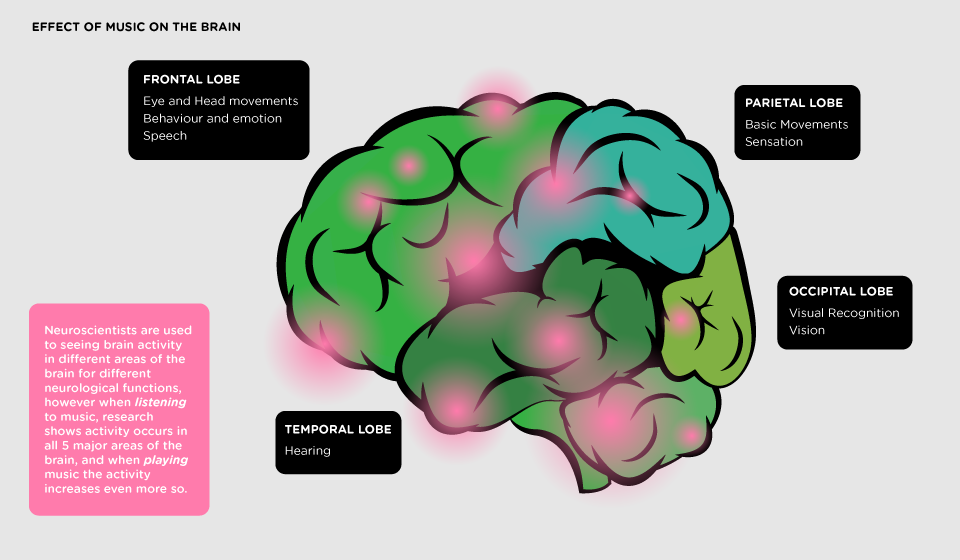
Neuroscientists have found that the major parts of the brain – the Temporal, Occipital, Parietal and Frontal Lobes – experience heightened activity when playing music. Check out a video on the Berlin Study:

Guitarists, or skilled guitarists, are a different breed of people, able to access and utilise different parts of their brain better than others. Not to toot the horn of guitarists around the world (their egos are probably inflated enough) – this is often the case in many creative fields.
But what is most interesting here is that the parts of the brain that are activated when playing music, especially in a group, are the sections that deal with creative production and social chemistry. These are the things that often attribute to a band being tight.
Take a Virtual Reality peek inside a musician’s brain:
https://www.youtube.com/watch?v=35iMBejxWNU
There can be cases where you inadvertently feel a connection with the people playing around you. It’s the age-old cliché. But a cliché wouldn’t be a cliché if it weren’t true. Playing with other musicians that you feel a connection with does stimulate a sort of synchronisation.
It’s usually fairly obvious too. Sometimes it works, sometimes it doesn’t, and this is because playing music is a fairly unconscious thing.

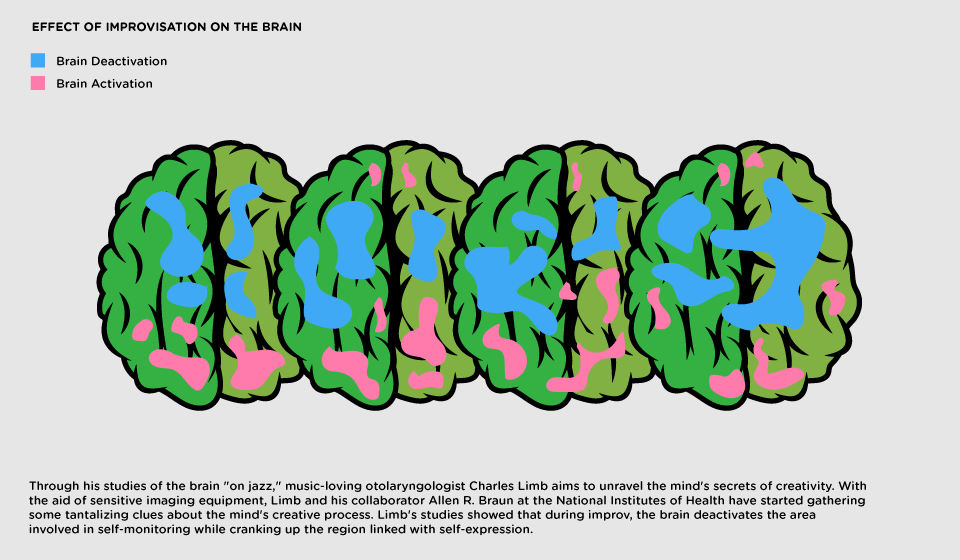
Jazz musicians are the masters of jamming. They seem to completely switch off all logic of traditional structures of music which dictate how they should play. This is something otolaryngologist Charles Limbs was fascinated by.
See the full article about Charles Limbs study on improvisation here, or watch the TEDX where Limbs got Jazz musicians and rappers in fMRI (Functioning Magnetic Resonance Imaging):
Or check out this fantastic Anita Collins TED animation on how playing an instrument affects brain:
Obviously playing music is a pretty mentally-involved activity. But rather than doing something hands on like creating sales reports for your dad’s erotic DVD store, or organising your boss’ mangled data reports, playing guitar and creating music numbs the part of your brain that stimulates conscious thinking as you slip into the zone of unconscious thought.
This is the ‘intuitive’ section of the brain that deals with creative thought processes and social chemistry.
This could very well explain why there are so many sibling combinations in bands throughout pop music history. If playing music with others requires a relative amount of social connection in order or to stimulate that ‘mind-reading’ synchronisation, then who better to play music with than your own flesh and blood?
From the Beach Boys to Angus and Julia Stone, siblings have played music together for years.
There are obvious reasons for this. Siblings usually begin playing together when they are kids, they form a bond, write some classic songs, someone gets a drug addiction and more often than not there is a pretty dark ending.
But these recent studies make it clear as day why it is so common that in so many cases, playing music with a sibling just seems to work.

AC/DC was built on the foundations of Angus and Malcolm’s weaving guitars. It worked like magic. Angus was the thunder and Malcolm was the rock. How many classics are there that AC/DC wrote that featured both a hook in the rhythm guitar and the lead?
Angus would shred super-high speed pentatonic (\m/) scales over Malcolm’s unwavering, blistering chords.
Slash once said that AC/DC did more with three chords than other band, and the man was right. They were a powerhouse, playing in sync with each other as they created some of the most timeless riffs ever. To be in the room with them while they played, the energy that their mind games would have created would have been almost tangible.
On the other end of the spectrum bands like the Jesus and Mary Chain inverted the paradigm built by AC/DC, and carried on by musicians like Slash.
Pitchfork once heralded them as the “Foremost technological and scientific innovators of the modern rock era” – a pretty big call – but nonetheless, Jim and William Reid did prove that you don’t need to know sheet music in order to create music with impact. In fact, quite the opposite.
The brothers had this incredible ability to create a whole bunch of noise that was completely coherent pop music. Aside from the fact that they were both killer pop songwriters, the two had this weird sort of distorted, yet harmonic connection.
Unfortunately this was in the mid-late 80s so there isn’t a whole lot of footage documenting their live shows, but listening to Psychocandy today you can hear the harmony between the two. Jim Reid’s vibrantly monotonous vocals seems to almost emanate the mangled, nonsensical guitar work of his brother William, feeding off each other to create a wonderful wall of noisy pop music.
They are the prime example of brothers in perfect unison, they dressed the same, the wore their hair the same, they played the same guitars and their music was in perfect sync.
These kinds of combinations can’t be a mere coincidence, or the product of mere time spent together from childhood. Think of the guitar work Beach Boys, of the Allman Brothers, of Kim and Kelley Deal, of Colin and Johnny Greenwood, of Oasis. There is something deeper, more scientific going on.
These people understand each other in a way that they could with no other. Perhaps this why more often than not these relationships disintegrate into oblivion: these musicians have such deep intuition and social chemistry that the depth of their creative synchronisation becomes a barrier for their emotional relationship.
Or you know, they took too many drugs together, however you want to look at it.
If you want some deeper insight into how musician’s brains work, check this incredible study that the University of Helsinki did:
While you’re here, check out our list of the 9 most famous guitars in the world.
